Here's How Current WRC Cars Compare To The Monstrous Group B Machines
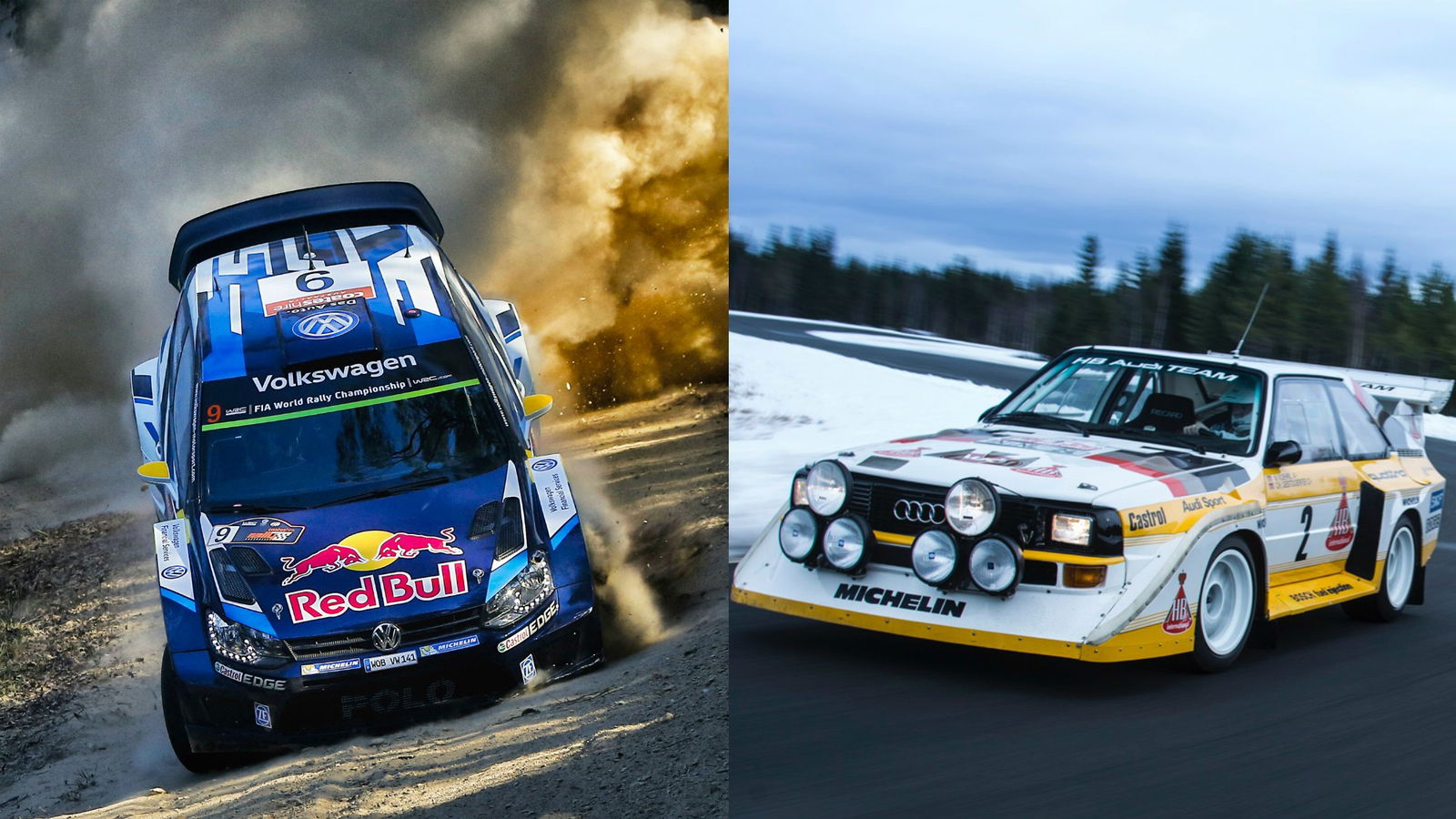
Yes, it’s been a little while but the time is right for a new motorsport comparison piece. Having looked at a range of different championships, including F1 vs Super Formula, Nascar Sprint Cup vs Nascar Trucks and LMP1 vs LMP2 and browsed some of your suggestions, we thought it would be fun to see how the current WRC cars stack up against the old Group B beasts.
Audi Sport Quattro S1 E2
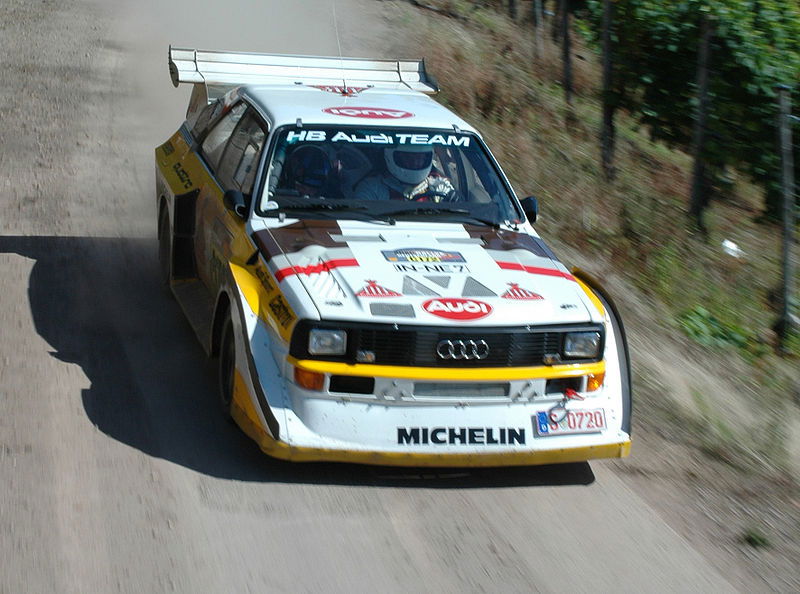
This was the final version of the Audi Quattro used during the Group B era of the World Rally Championship, before it was ditched at the end of 1986. Several previous versions of the Quattro had been used during the earlier stages of Group B but the S1 E2 was its peak in terms of both technology and performance, as Audi continued to search for more pace.
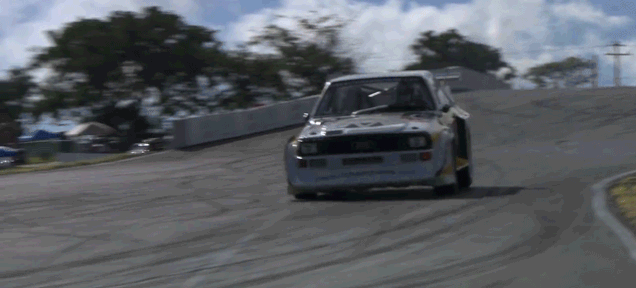
The S1 E2 was successful in the rallying world but the Audi factory outfit pulled out of the WRC after the third round in Portugal. The car first appeared at the end of 1985, with the 2.1-litre, five-cylinder turbocharged engine initially producing 470bhp - but it is thought the final factory S1 E2s produced over 550bhp. The front, longitudinally-mounted engine revved to around 8000rpm, and sounded incredible.
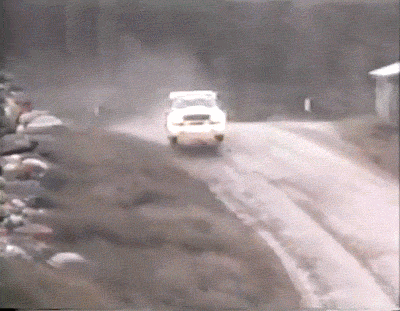
Weight was cut to 1090 kg with the S1 E2 and it had a 0-62mph time of just 3.1 seconds. Top speed is tough to find but is apparently 137mph. Some of the S1 cars came with power-shift gearboxes, which was a forerunner of the dual-clutch transmission tech we see today, with the others running six-speed sequential manuals. The chassis was a kevlar body on a steel monocoque, and the cars were - of course - all-wheel-drive.
The S1 E2 measures in at 4240mm in length, 1860mm in width and 1344mm in height. Its wheelbase was 2224mm and this was cut for the final version in a bid to save weight. Updates for the S1 E2 also included a new aero package, with the addition of some mean-looking wings. The car was revolutionary in the Group B era and one of the most technologically advanced motorsport machines at the time, but rapidly increasing speeds in the WRC caused several fatal accidents, which caused it to be ditched.
VW Polo R WRC
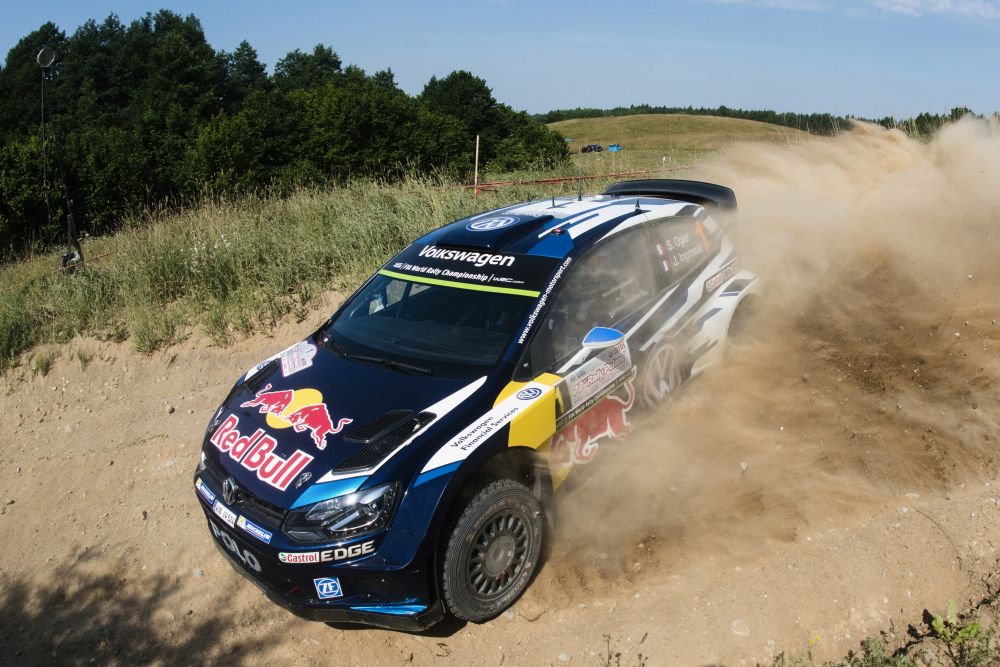
To make this comparison work best, we have to look at the current dominant car, right? The Polo R WRC is based on the road-going Polo, with the bodyshell, doors, bonnet and boot being production parts, although they are heavily modified. The WRC machine used in 2016 is an updated version of the second generation car, which debuted in 2015, and is driven by three-time champion Sebastien Ogier, Jari-matti Latvala and Andreas Mikkelsen. It has won three drivers and constructors’ championships, as well as 37 WRC victories.
The R WRC is powered by an inline-four cylinder, 1.6-litre turbocharged engine with direct fuel injection, revving to 6250rpm and producing 318bhp. Like the road-going Polo, the engine is transversely mounted at the front. VW states that the car has a top speed of 200kmh (124mph) and a 0-62mph time of around 3.9 seconds.
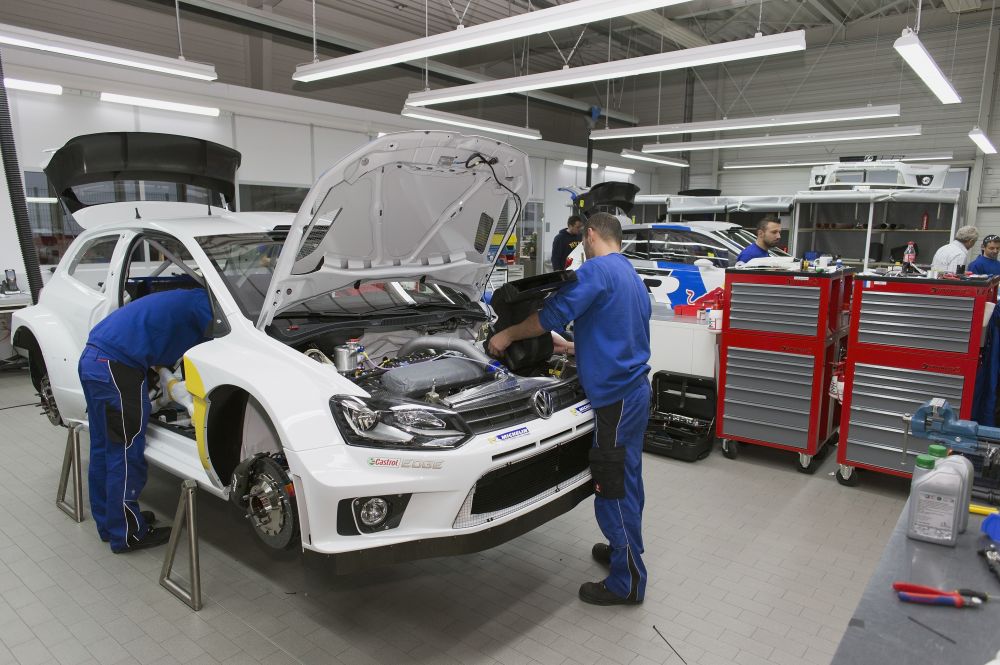
However, WRC cars are set to go through some big changes in 2017, with power being increased to 380bhp, reducing the gap in performance when comparing them to the old Group B machines. There will also be a new aero package - making the cars 50mm wider than they currently are - plus larger wings and bumpers. Weight will decrease by 25kg to improve acceleration. We’re excited to see what these improved WRC beasts will look like when they are officially unveiled!
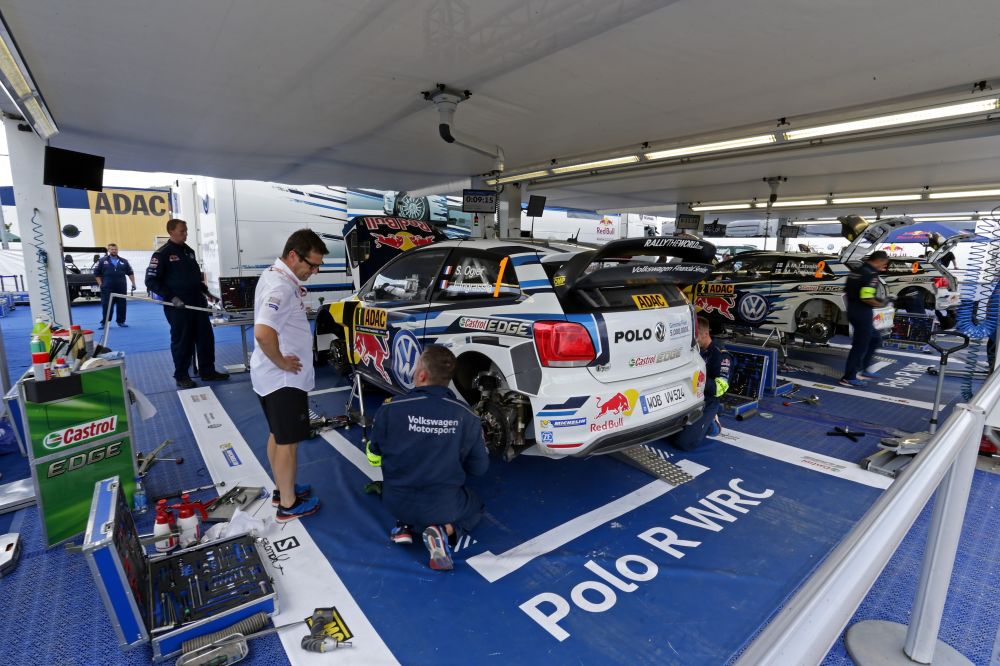
Going back to the current cars, they run a sequential six-speed racing gearbox, changed via steering wheel-mounted paddles, and feature permanent four-wheel drive. The car has mechanical front and rear differentials, a double-disc sintered metal clutch, a MacPherson strut suspension setup, ZF dampers and servo-assisted rack and pinion steering . The R WRC runs 18-inch Michelin wheels on tarmac and 15-inch wheels on gravel.
A lot of time was spent cutting the weight of the second-gen R WRC down to 1200kg, while other updates included a larger rear wing to compliment the already beastly bodykit. Moving on to measurements, it clocks in at 3976mm in length, 1820mm in width, 1356mm in height and with a wheelbase of 2480mm. So, it’s shorter, narrower and slightly higher than the old Quattro.
Comments
They are faster and safer….but not as crazy, and not as satisfying to watch.
But why don’t they bring back the Group B?
Group b cars are a lot faster in dirt rally. I did a couple of somewhat “perfect” runs with the ford fiesta rs (bidno moorland) and my time was 02:58.842, and in my first run with the delta s4 which was quite sloppy i got a 02:55.559..
Sorry about the video quality and lag, bad recording software..
Did the S1 E2 have restrictors? Because WRC cars have restrictors (though I’m not 100% sure), which when removed, could be capable of power outputs of up to levels of the final S1 E2
As Vw fanboy this makes me so happy more over in two years when i’m getting my license I wil drive my mother’s Polo(Which will be mine).It is Mk3 1.4 petrol but still fun to drive :)
Its indisputable that the group b cars will go down as some of the best racing machines in history. However with that being said its not necessary to have 1000kg cars with 500hp on tap to put down fast times. Id much rather see slower cars in a good close race than a bunch of fast cars smashed into trees.
If there are any stages in the current WRC season that are identical to those of the group B era, it would be nice a comparison of stage times. I feel the new WRC cars wouldn’t be as far off of the Group B cars as people may think.
Maybe comparing the Group B T16, the 206 WRC and the 208 WRC (I think is a T16 again) would have been cool too.
Good article, nice to read, but I’m somehow missing a conclusion at the end…
how about JGTC (super gt) Compare to DTM :)
Pagination